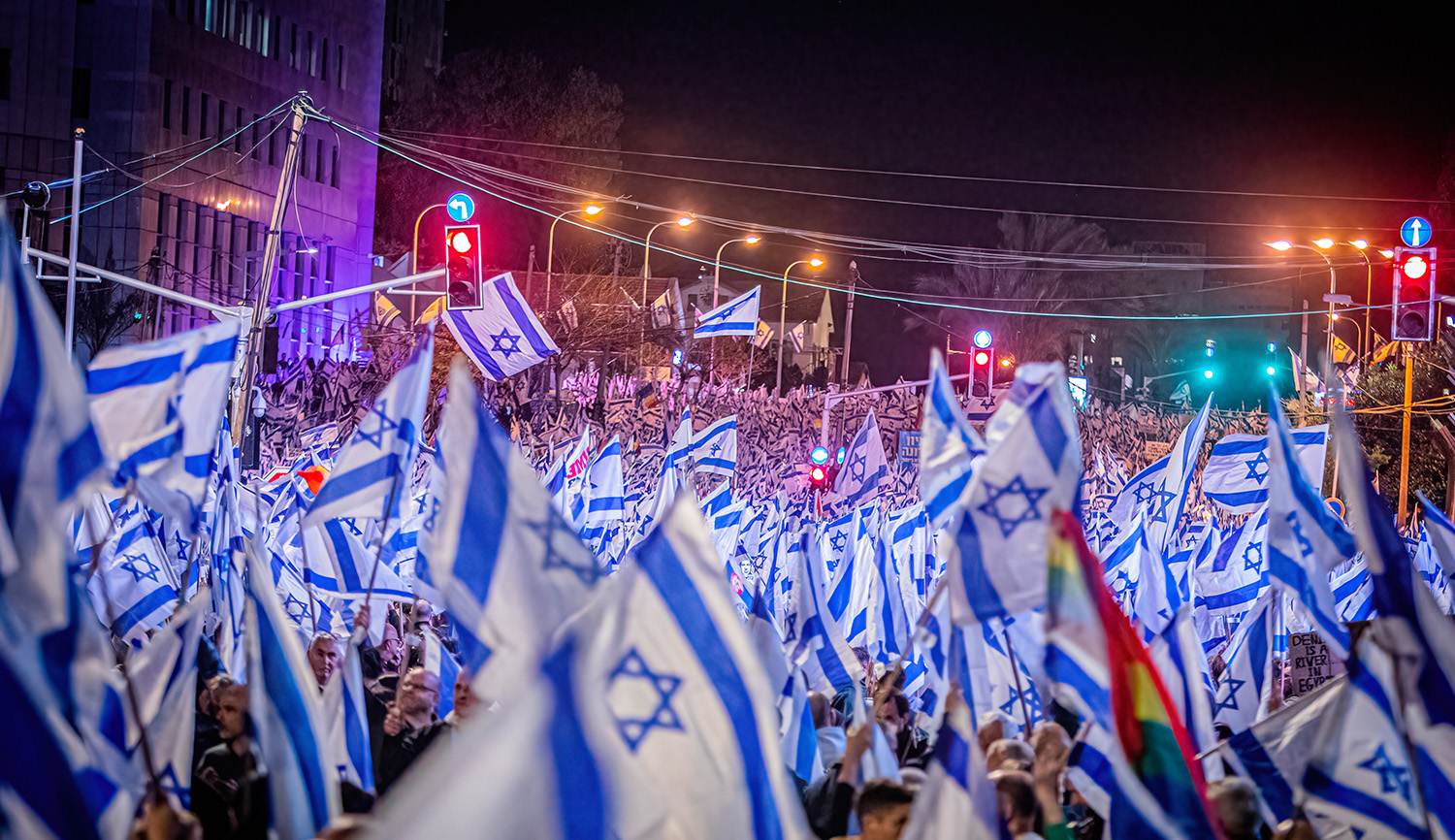Elena Kagan is the eighth Jew to be appointed to the Supreme Court. The third Jew to sit on the nation’s highest court—preceded by Louis Brandeis and Benjamin Cardozo—was Felix Frankfurter. Born in Vienna in 1882 and the descendent of numerous rabbis, Frankfurter became a leading advocate of judicial restraint. Andrew Porwancher and Taylor Jipp examine his life:
Despite his upbringing in an observant Jewish household, he withdrew from religious practices in a singular moment of clarity. Frankfurter was attending a Yom Kippur service as an undergraduate when he abruptly sensed his indifference to its rituals. “I looked around as pious Jews were beating their breasts with intensity of feeling and anguishing sincerity”—he was referring here to the Jewish practice of tapping one’s chest in repentance—“and I remember with the greatest vividness thinking that it was unfair of me, a kind of desecration for me to be in the room with these people, . . . adhering to a creed that meant something to my parents but ceased to have meaning for me.”
Frankfurter suddenly exited the synagogue and never again resurfaced at a Jewish service. For the remainder of his life, he still identified as a Jew—and understandably so, as Jewish identity entails more than theological commitments—but his relationship with Judaism as a faith had met a swift demise. Frankfurter came instead to embrace a new religion: American democracy.
He became an apostle of the “true democratic faith” and routinely described the American legal system in decidedly religious terms. “Society has breathed into law the breath of life and made it a living, serving soul,” Frankfurter wrote in language mirroring the book of Genesis’s description of how God animated Adam with breath.
More about: American Jewish History, Supreme Court


